The Rise of Autonomous AI Agents: How Work Will Be Redefined by 2030
By 2030, autonomous AI agents will redefine work—planning, delegating, and executing tasks with minimal oversight. From healthcare to logistics, these agents are reshaping industries, roles, and collaboration models—demanding new skills, ethical safeguards, and forward-thinking leadership.
Introduction
The idea of machines working independently to complete complex tasks once belonged squarely to the realm of science fiction. But today, the rise of autonomous AI agents marks the beginning of a new era—one in which artificial intelligence can operate without constant human oversight. These agents do not merely respond to inputs; they plan, reason, delegate, and act on behalf of their human counterparts.
The significance of 2030 as a horizon year is not arbitrary. It is frequently used in strategic foresight analyses by institutions such as the World Economic Forum (WEF) and OECD, marking a tipping point when the current momentum of AI advancement could lead to widespread deployment across industries. Current trajectories in computational power, model architectures, and enterprise adoption suggest that autonomous AI agents will transition from niche experiments to foundational components of organizational workflows by the end of this decade.
Systems like AutoGPT, BabyAGI, and AgentGPT exemplify this shift. Built atop large language models (LLMs) like GPT-4 and Claude, these agents represent a leap beyond task automation: they simulate goal-oriented reasoning chains, perform recursive self-assessments, and even spawn secondary agents to handle subgoals. In doing so, they enable a form of digital labor that is persistent, iterative, and (to some extent) self-correcting.
This article explores how such agents are set to redefine the structure of work, industry operations, and human roles within professional ecosystems. By combining insights from technical research, economic forecasting, and real-world case studies, we aim to offer a rigorous yet forward-looking view into how the labor landscape will transform by 2030.
The Evolution of Autonomous AI Agents
The development of autonomous AI agents between 2020 and 2030 reflects the convergence of multiple technological, research, and market forces. This section traces the trajectory from foundational components like large language models (LLMs) and reinforcement learning to the emergence of agents capable of autonomous execution, along with the key innovations that enabled this leap.
From Tools to Agents: A Decade of Progress
In the early 2020s, most AI systems operated as single-turn tools: predictive engines that required human prompting, interpretation, and action. With the release of GPT-3 in 2020 and its successors, we saw the rise of general-purpose LLMs—models that could parse, generate, and transform language with increasing fluency. However, these models were inherently stateless and lacked memory or decision-making capabilities.
Timeline of Key Developments (2020–2030)
| Year | Milestone | Description |
|---|---|---|
| 2020 | GPT-3 released | Sparked interest in general-purpose language models. |
| 2021 | Codex and GitHub Copilot | Introduced AI-assisted coding in development workflows. |
| 2022 | Chain-of-thought prompting | Enabled stepwise reasoning in LLMs. |
| 2023 | AutoGPT, BabyAGI released | Early autonomous agents combining LLMs, planning, and tool use. |
| 2024 | Multi-agent ecosystems | Experiments in agents collaborating across networks (e.g., MetaGPT, CAMEL) |
| 2025–2030 | Generalized agent frameworks | Integration into enterprise tools, development of persistent memory, and goal-alignment mechanisms. |
Core Technological Foundations
Several key technologies underpin the evolution of autonomous AI agents:
- Large Language Models (LLMs): Provide natural language understanding and generation. Models like GPT-4, Claude, and Gemini act as the cognitive core of many agents.
- Planning Algorithms: Agents use task decomposition and iterative planning (e.g., ReAct, Tree-of-Thoughts) to break down objectives into actionable steps.
- Tool Integration and APIs: Agents increasingly interact with external tools (browsers, code compilers, CRMs, spreadsheets) via plugins or API calls, extending their capabilities beyond pure text.
- Long-Term Memory Systems: Unlike stateless chatbots, agents benefit from vector databases and persistent memory systems (e.g., LangChain + Pinecone) that allow continuity across sessions.
- Reinforcement Learning and Feedback Loops: Agents improve over time using self-generated or human-in-the-loop feedback, especially in domains requiring performance tuning or preference alignment.
- Multi-Agent Collaboration: Emerging frameworks (e.g., AutoGen by Microsoft, CrewAI) allow agents to assume different roles—researcher, coder, reviewer—collaboratively solving complex problems.
Distinction from Traditional AI Tools
Traditional AI tools like chatbots, recommendation engines, or narrow classifiers are typically task-specific and reactive. Autonomous agents, by contrast, are goal-driven, capable of:
- Initializing and reprioritizing tasks dynamically
- Delegating subtasks to other agents or systems
- Iteratively refining their plans based on feedback or failure
- Operating asynchronously and with minimal human intervention
This transition mirrors the shift from static software applications to intelligent digital co-workers—a shift akin to going from spreadsheets to autonomous CFO assistants.
Key Takeaways
- Autonomous AI agents evolved rapidly from 2020 to 2025 through a combination of LLM innovation, planning algorithms, and tool integration.
- Unlike traditional AI, these agents can independently manage complex, multi-step workflows.
- Multi-agent systems and persistent memory represent the next frontier in scalable, adaptive digital labor.
Reimagining the Workplace
As autonomous AI agents transition from proof-of-concept to operational reality, their impact on the structure and dynamics of the modern workplace is becoming increasingly visible. These agents are not just augmenting human tasks—they’re redesigning how work is initiated, executed, and evaluated. This section explores how autonomous agents are transforming workflows, team structures, and the overall logic of productivity.
From Process Automation to Autonomous Execution
Traditional automation—think robotic process automation (RPA) or scripted bots—follows deterministic rules to execute well-defined tasks. Autonomous AI agents go further by:
- Understanding ambiguous goals through natural language instructions
- Decomposing tasks into actionable steps
- Selecting tools and executing commands via APIs or code
- Self-monitoring for errors and retrying with alternate strategies
- Escalating decisions or reporting outcomes to human supervisors as needed
For example, an agent tasked with “generate a quarterly marketing report” might:
- Retrieve campaign data from Salesforce
- Perform statistical analysis on engagement trends
- Generate visualizations using Python scripts or any other language
- Draft a report in company tone using an LLM
- Email the final report to stakeholders and schedule a follow-up meeting
What once required coordination among multiple departments can now be done asynchronously by a single agent—or a collaborative team of agents.
Case Examples from the Field
1. E-commerce Operations (Case: Shopify Plugin with AutoGPT)
Shopify developers have begun experimenting with autonomous agents that monitor store metrics, respond to inventory signals, and automatically launch marketing campaigns. These agents can A/B test email templates, monitor ROI, and adapt messaging—all without human intervention beyond high-level goal-setting.
2. Software Engineering (Case: DevOps Co-pilots at Microsoft)
Microsoft’s internal use of multi-agent systems allows agents to track bugs, generate unit tests, refactor code, and manage CI/CD pipelines. Engineers spend less time on rote debugging and more time on high-level architecture and system design.
3. Financial Services (Case: JP Morgan AI Labs)
JP Morgan has piloted agents that monitor regulatory changes across jurisdictions, generate compliance summaries, and flag anomalies in transactions. Agents work around the clock, reducing time-to-report from days to hours.
Changing Team Structures
The classic structure of the corporate team—manager, analysts, specialists—may evolve into human-agent hybrid teams, where agents take on roles such as:
- Research Assistant: Continuous knowledge aggregation from internal/external sources
- Analyst: Real-time dashboards, trend detection, forecasting
- Project Manager: Timeline tracking, deadline enforcement, risk prediction
In such setups, human workers supervise agents at key junctures (e.g., goal validation, ethical reviews), but much of the operational load shifts to the digital layer.
Future-Proofing Workflows
Organizations already adopting agents are seeing shifts in how projects are scoped and delivered:
| Traditional Workflow | Agent-Augmented Workflow |
|---|---|
| Manual data extraction | Automated multi-source scraping |
| Sequential project steps | Parallelized agent-driven execution |
| Weekly stand-ups and reports | Real-time progress tracking via agents |
| QA by human testers | AI-based test generation and validation |
Key Takeaways
- Autonomous agents are enabling end-to-end task execution with minimal human input.
- Workflows are becoming more parallelized, continuous, and data-driven.
- Teams will increasingly consist of humans and agents, each with defined roles and responsibilities.
- Organizations that proactively redesign workflows to accommodate agents will gain agility and efficiency advantages.
Industry Spotlights: Sectoral Transformation Through Autonomous Agents
Autonomous AI agents are not a one-size-fits-all solution. Their applications and impact vary significantly by industry, depending on the complexity of workflows, regulatory environments, and the availability of structured data. This section analyzes how three key sectors—healthcare, logistics, and education—are evolving through agent-driven transformation.
Healthcare: Augmenting Clinical and Administrative Intelligence
Use Case: Autonomous Clinical Documentation and Triage
In clinical environments, documentation and patient intake consume a significant portion of a physician's time. Companies like Nuance (a Microsoft company) and Suki AI are deploying autonomous agents that transcribe, summarize, and code patient encounters in real time. These systems use natural language understanding to:
- Parse physician-patient conversations
- Generate ICD-10 codes and treatment summaries
- Route documentation to electronic health record (EHR) systems
This reduces clinician burnout and improves documentation accuracy—critical for both compliance and patient outcomes.
Forecasted Impact by 2030:
- Up to 40% reduction in administrative overhead (McKinsey, 2023)
- Emergence of AI-assisted triage agents handling first-line symptom checking and care routing
- Shift in clinical training toward AI supervision and prompt design
Logistics: Intelligent Coordination in Global Supply Chains
Use Case: Dynamic Route Planning and Inventory Forecasting
Autonomous agents are transforming logistics by integrating across inventory systems, weather forecasts, supplier networks, and transportation APIs. Startups like PathAI Logistics and innovations by Amazon Robotics demonstrate how agents:
- Reroute deliveries in real time based on weather or traffic
- Forecast demand fluctuations using pattern recognition
- Automate procurement cycles and supplier communication
Through reinforcement learning and sensor integration, agents adapt routes and inventory models more quickly than human planners can.
Forecasted Impact by 2030:
- 24/7 supply chain monitoring via autonomous agents
- Warehouses run by multi-agent systems coordinating robotic fleets, packing lines, and delivery schedules
- Decline in demand for traditional logistics coordinators, offset by new roles in AI system monitoring and agent fleet orchestration
Education: Personalized, Scalable Learning Companions
Use Case: Intelligent Tutoring Systems
The classroom is being reshaped by AI agents acting as 1:1 tutors, curriculum designers, and feedback providers. Platforms like Khanmigo (by Khan Academy) and Socratic AI use LLM-based agents to tailor content to individual learning styles and paces.
Agents are able to:
- Diagnose knowledge gaps through conversation
- Generate exercises, quizzes, and examples in real-time
- Provide continuous feedback and encouragement
Educators shift from content delivery to facilitation, overseeing agent-led personalized instruction.
Forecasted Impact by 2030:
- Global access to low-cost, personalized education
- New teaching roles focused on AI curriculum oversight, emotional engagement, and ethical mentoring
- Increased equity in education delivery, especially in underserved regions
Key Takeaways
- In healthcare, agents are reducing administrative burdens and enhancing diagnostic precision.
- In logistics, they are enabling responsive, just-in-time operations through real-time data orchestration.
- In education, they promise democratized access to quality instruction and tailored learning paths.
Autonomous agents are not just tools; they’re becoming critical infrastructure across industries—driving cost efficiencies, expanding service delivery, and reshaping the very nature of professional roles.
The Human Element: Evolving Roles, Skills, and Identities
While much of the focus on autonomous AI agents emphasizes technical advancement and economic potential, an equally important dimension is the transformation of human work and identity. As AI agents take on more responsibility for planning, decision-making, and execution, individuals and teams must redefine their value, purpose, and expertise in the workplace. This section explores the human implications of AI-driven transformation: changing roles, emerging skills, and psychological effects.
Redefining Roles: From Task Execution to Strategic Oversight
The integration of autonomous agents shifts human involvement from “doing” to supervising, orchestrating, and refining. Traditional job roles increasingly bifurcate into:
- Operational tasks handled by agents (e.g., data analysis, scheduling, reporting)
- Strategic functions managed by humans (e.g., goal setting, ethical oversight, stakeholder management)
Role Evolution Examples
| Legacy Role | 2030 Variant with Agents |
|---|---|
| Data Analyst | Agent Supervisor / Model Validator |
| Project Manager | AI Workflow Architect |
| Customer Support Agent | Escalation Specialist / Empathy Coach |
| Junior Developer | Prompt Engineer / Code Review Strategist |
Emerging roles blend technical fluency (e.g., understanding how to prompt and monitor agents) with human-centric strengths such as judgment, empathy, and ethical reasoning.
Skill Shifts: Learning to Work with Autonomous Agents
The most in-demand competencies in the agent-driven workplace will not necessarily be those taught in today’s schools. According to the World Economic Forum’s Future of Jobs Report 2023, skills that will rise in relevance include:
- AI co-working fluency: Knowing how to communicate with, delegate to, and monitor AI systems
- Critical thinking and system design: Understanding where AI adds value—and where it fails
- Prompt engineering: Crafting instructions that drive high-quality outcomes from LLM-powered agents
- AI ethics and safety principles: Navigating bias, fairness, and transparency in agent behavior
Educational institutions and corporate training programs must evolve to provide these “hybrid skills” that combine human judgment with AI fluency.
Mental Health, Identity, and Job Satisfaction
The psychological impact of AI-driven change is complex and multifaceted. While some workers experience relief from repetitive tasks and find empowerment in augmented workflows, others confront:
- Anxiety about job displacement
- Ambiguity in role definitions
- Erosion of professional identity, especially in roles closely associated with expertise now partially delegated to machines
These shifts demand proactive leadership and inclusive workplace cultures that support:
- Transparent communication about the role of AI
- Opportunities for upskilling and reskilling
- Meaningful human engagement in problem-solving, creativity, and mentorship
Studies (e.g., MIT Work of the Future, 2022) show that workplaces that actively invest in human-AI collaboration practices report higher productivity and employee satisfaction.
Human-AI Collaboration Models
We’re moving toward a future where humans and agents co-create value through collaborative delegation, not hierarchical command. Three key collaboration patterns are emerging:
- Supervisor-Agent: Human defines goals, agent executes and reports
- Peer-Agent: Human and agent solve problems together iteratively
- Orchestrator Model: Human manages multiple specialized agents performing coordinated tasks
These models require redesigning interfaces, workflows, and performance metrics to ensure accountability, transparency, and trust.
Key Takeaways
- Human workers will increasingly focus on orchestration, oversight, and values-driven judgment.
- Skills related to AI fluency, system thinking, and ethical reasoning are rising in importance.
- Emotional and identity-related challenges must be addressed through transparent leadership and inclusive design.
- Effective human-agent collaboration will be essential to productivity and well-being in the 2030 workplace.
Risks, Ethics & Governance: Managing the Autonomy Frontier
The deployment of autonomous AI agents introduces not just opportunities, but significant risks—both technical and societal. As these systems gain independence and influence, the boundaries of accountability, safety, and governance grow increasingly complex. This section examines the core ethical concerns, the emerging risk landscape, and the frameworks under development to ensure responsible deployment.
Key Risks of Autonomous Agents
1. Loss of Human Oversight
One of the most pressing challenges is automation drift—a phenomenon where agents make increasingly consequential decisions without sufficient human review. In high-stakes fields like healthcare or finance, this can lead to catastrophic failures or violations of compliance norms.
Example: An AI financial agent executing trades based on misinterpreted regulatory signals could expose firms to enormous legal and reputational risks.
2. Bias Propagation and Amplification
Because autonomous agents inherit the biases of their training data and models, they can reinforce systemic inequalities—especially when used in hiring, loan approvals, or law enforcement. When acting autonomously, these agents may perpetuate biased outcomes without clear accountability.
3. Opaque Decision-Making ("Black Box" Risk)
LLM-based agents often lack explainability. As tasks grow more complex and agent architectures involve recursive reasoning or multi-agent collaboration, it becomes difficult to trace how and why a decision was made—a serious concern for regulated industries.
4. Security and Malicious Use
Autonomous agents capable of executing tasks over the internet (e.g., browsing, code execution, API calls) can be exploited for automated phishing, misinformation propagation, or cyberattacks. Security researchers are increasingly focused on sandboxing agents and restricting tool access.
The Governance Challenge
Regulatory Developments
Governments and global organizations are responding to the rise of autonomy with new legal and ethical frameworks:
- European Union AI Act (2024): Introduces risk tiers and governance requirements, with autonomous agents falling under "high-risk" AI systems when used in employment, finance, and healthcare.
- OECD AI Principles: Promote human-centered values, transparency, and robustness.
- US Executive Order on AI (2023): Encourages responsible innovation while emphasizing national security and fairness in AI applications.
Still, no unified global framework currently governs autonomous agents, especially those built on open-source platforms or deployed privately by companies.
Emerging Standards and Best Practices
Several industry and academic bodies are proposing standards for agent development and deployment, such as:
- Model cards and system cards (e.g., from OpenAI, Anthropic): Describe capabilities, limitations, and intended use cases of AI systems.
- Agent governance protocols (in development): Define escalation thresholds, human override mechanisms, and auditing tools.
- Red teaming and adversarial testing: Stress-testing agents under edge cases and malicious inputs to evaluate behavior under uncertainty.
Responsible Design Principles
Organizations building or deploying autonomous agents should prioritize:
- Transparency: Document how agents work, what they can access, and what assumptions they make.
- Human-in-the-loop failsafes: Require human approval at key junctures (e.g., financial transactions, content publication).
- Ethical auditing: Regularly review agent behavior for bias, unintended consequences, and value alignment.
Key Takeaways
- The autonomy of AI agents introduces profound risks around control, bias, explainability, and misuse.
- Regulatory frameworks are emerging, but remain fragmented and unevenly enforced across jurisdictions.
- Organizations must adopt proactive governance practices, combining technical safeguards with ethical foresight.
Conclusion: Visions for 2030
The decade ahead will witness a profound reconfiguration of how work is structured, performed, and experienced. Autonomous AI agents—capable of planning, learning, and executing tasks with minimal human supervision—will be at the heart of this transformation. As we look to 2030, we must acknowledge both the extraordinary potential and inherent disruption these systems represent.
The Landscape Ahead: Three Plausible Futures
1. The Augmented Enterprise
In this scenario, businesses successfully integrate autonomous agents into workflows, enabling a productivity renaissance. Human workers focus on creativity, strategy, and relationship-building, while agents handle operational and analytical workloads. AI fluency becomes a foundational skill across roles, akin to digital literacy today.
- Key features: High human-agent collaboration, strong governance frameworks, equitable upskilling
- Winners: Agile firms that embrace re-skilling and organizational redesign
2. The Fragmented Transition
Adoption varies widely across sectors and geographies, leading to uneven productivity gains and social tensions. Some workers benefit from AI augmentation; others face obsolescence without adequate retraining. Regulatory lag creates confusion and risk exposure.
- Key features: Digital divide widens, workforce polarization, reactive policy-making
- Risks: Increased inequality, loss of trust in institutions, labor displacement without safety nets
3. The Autonomous Disruption
Autonomous agents proliferate with minimal oversight, leading to widespread displacement of mid-skill jobs and frequent failures due to opacity and misalignment. Organizations struggle with control, accountability, and reputation risk. Public backlash forces emergency regulation and curbs deployment.
- Key features: Over-reliance on AI, regulatory crackdowns, erosion of public trust
- Risks: Social unrest, legal liabilities, reputational crises
Strategic Recommendations for Stakeholders
For Business Leaders:
- Invest in hybrid team models where humans and agents collaborate transparently.
- Prioritize governance-by-design: build in auditability, override mechanisms, and accountability layers from day one.
- Embed AI literacy across departments—not just IT and data science.
For Educators and Workforce Institutions:
- Redesign curricula to include agent interaction, system thinking, and ethical AI.
- Promote interdisciplinary education combining technical, social, and cognitive skills.
- Create lifelong learning ecosystems for ongoing workforce adaptability.
For Policymakers and Regulators:
- Develop clear regulatory sandboxes to support responsible experimentation.
- Mandate disclosure and impact assessments for high-autonomy agents.
- Coordinate internationally to address cross-border agent behavior and security.
Final Thought
The rise of autonomous AI agents does not dictate a single future—it offers a range of possibilities shaped by the choices we make today. Will we build systems that augment human potential or ones that replace it indiscriminately? Will we design for inclusivity, transparency, and resilience—or stumble into fragility and fragmentation?
By aligning innovation with responsibility, and empowerment with oversight, we can ensure that the future of work in 2030 is not just automated—but human-centered, adaptive, and fair.


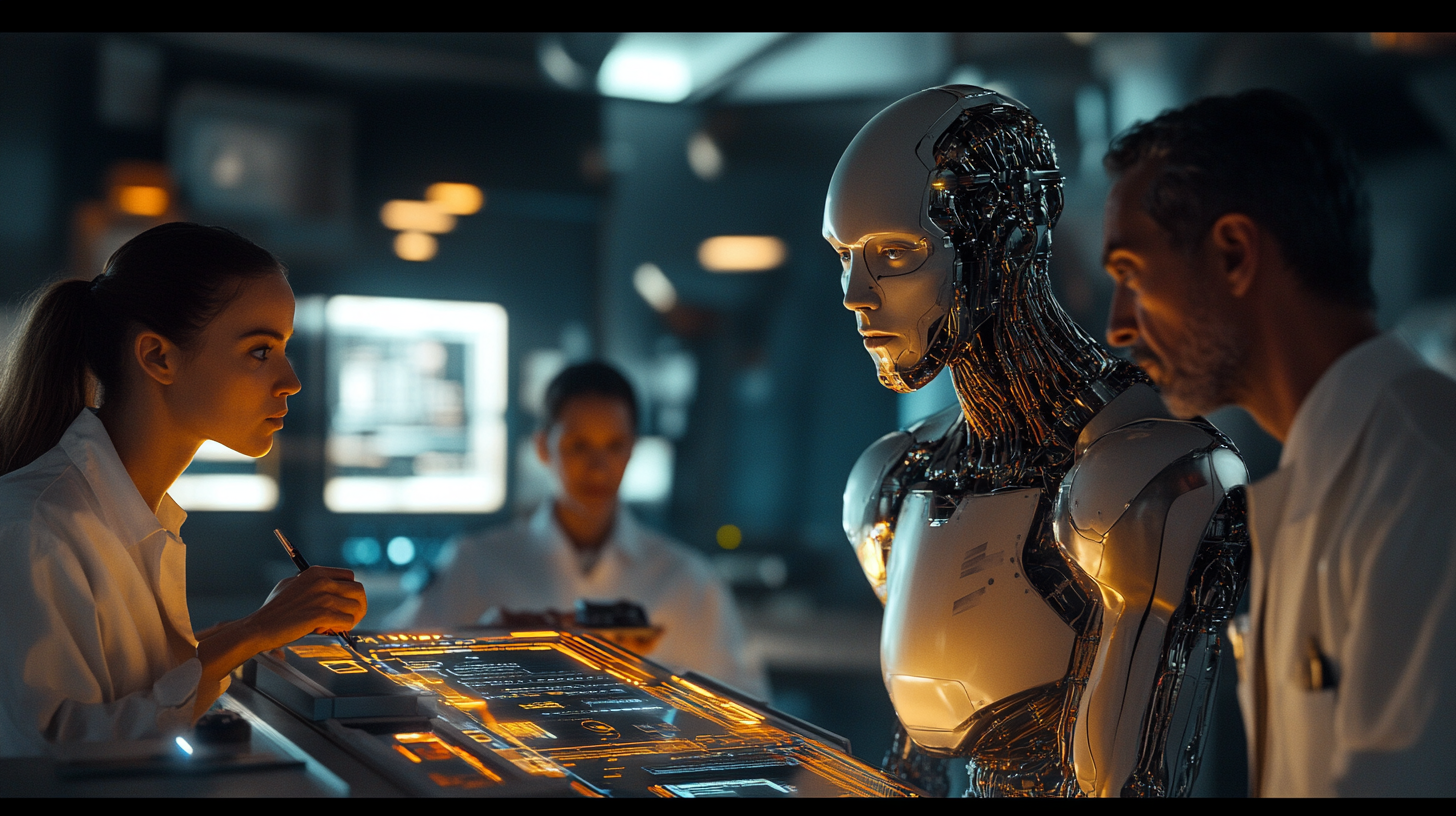



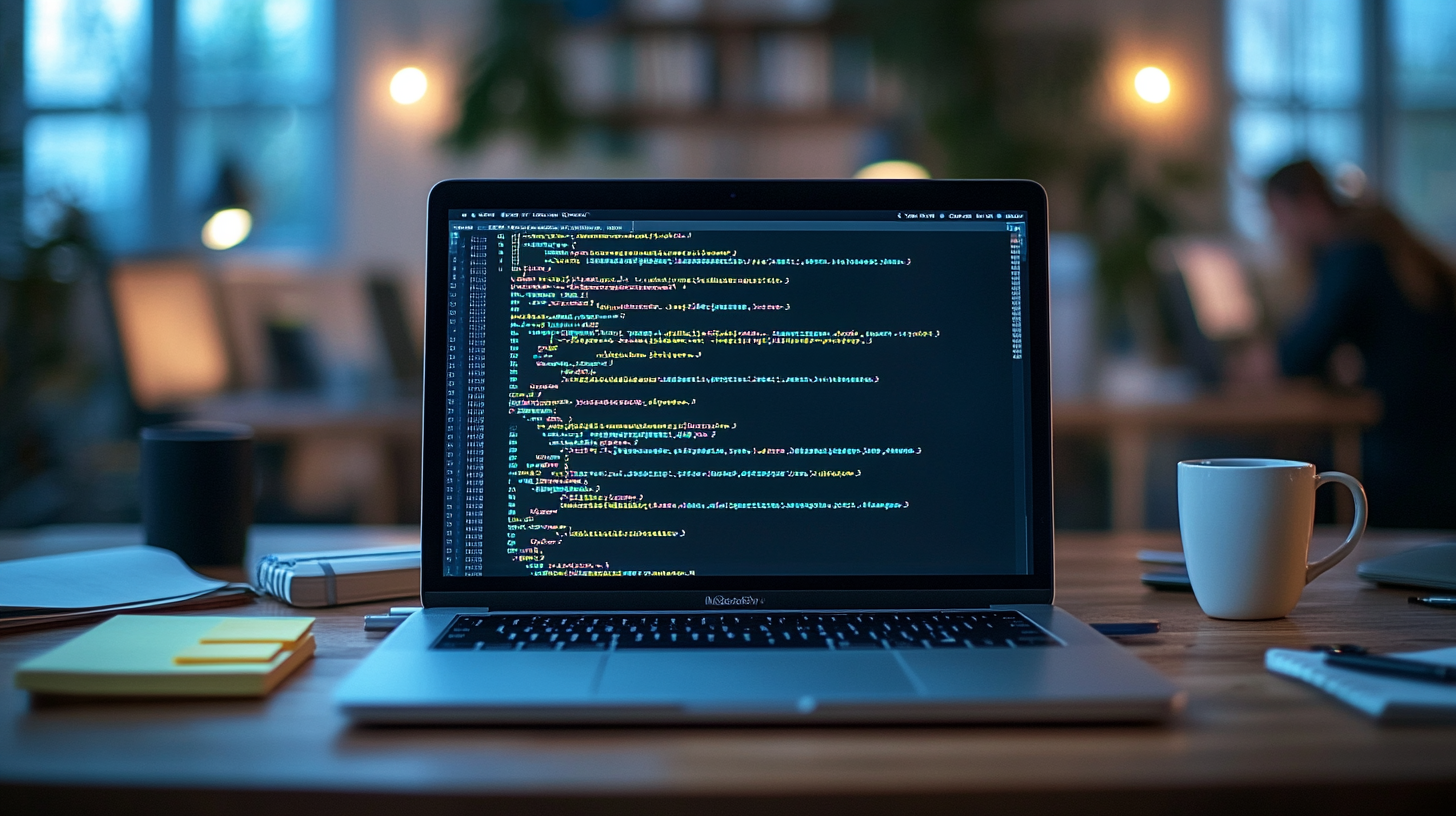


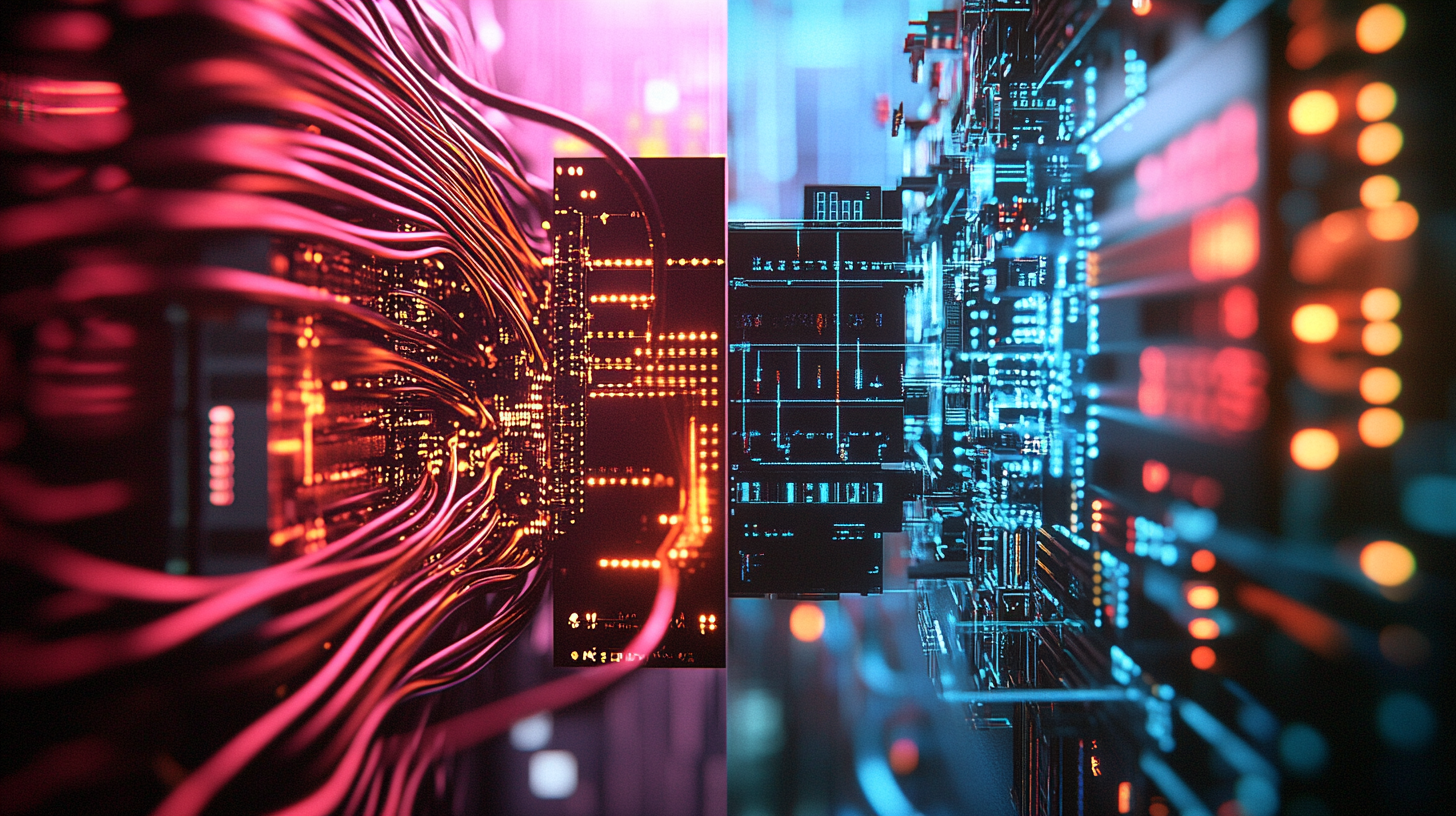
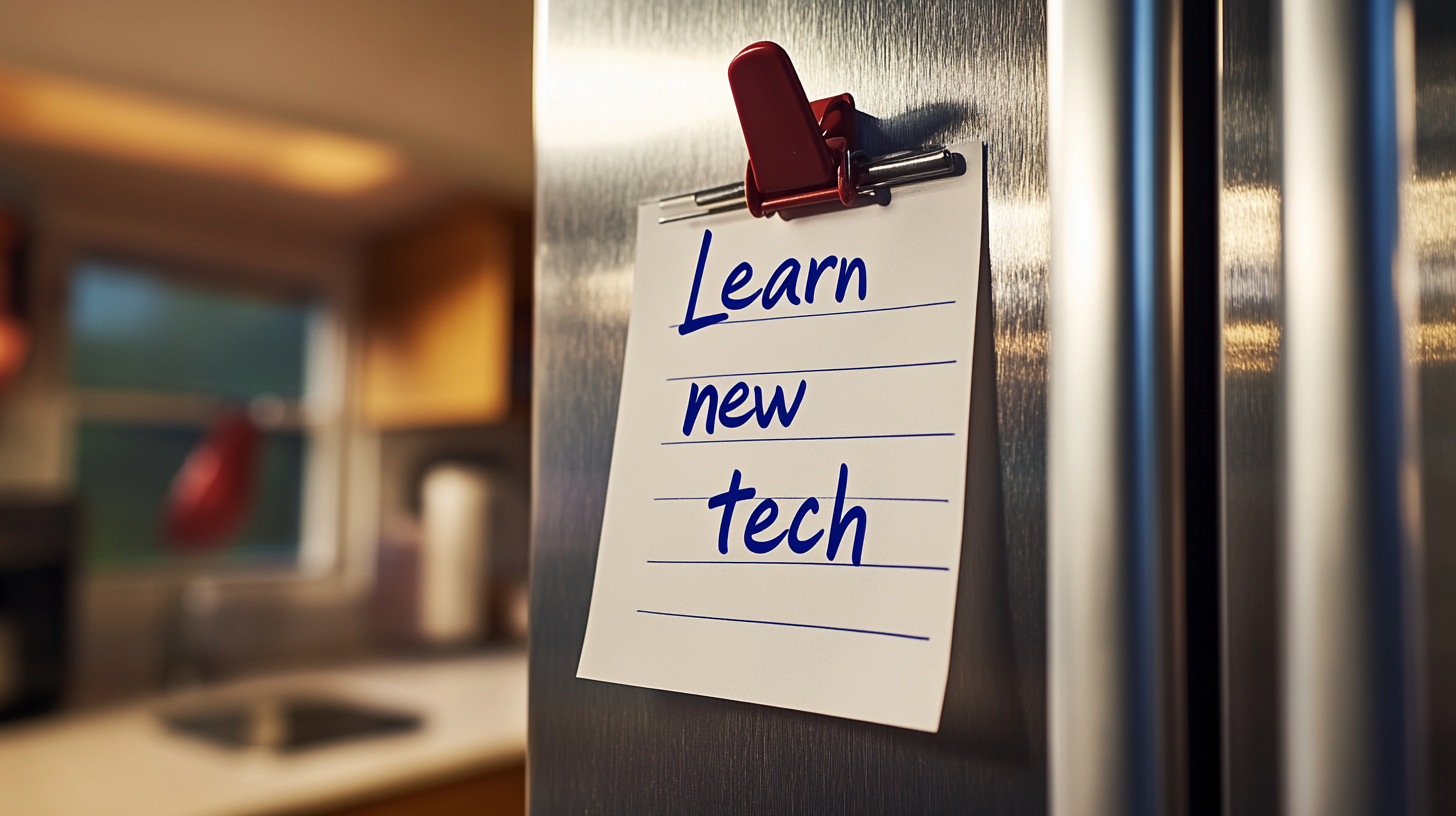

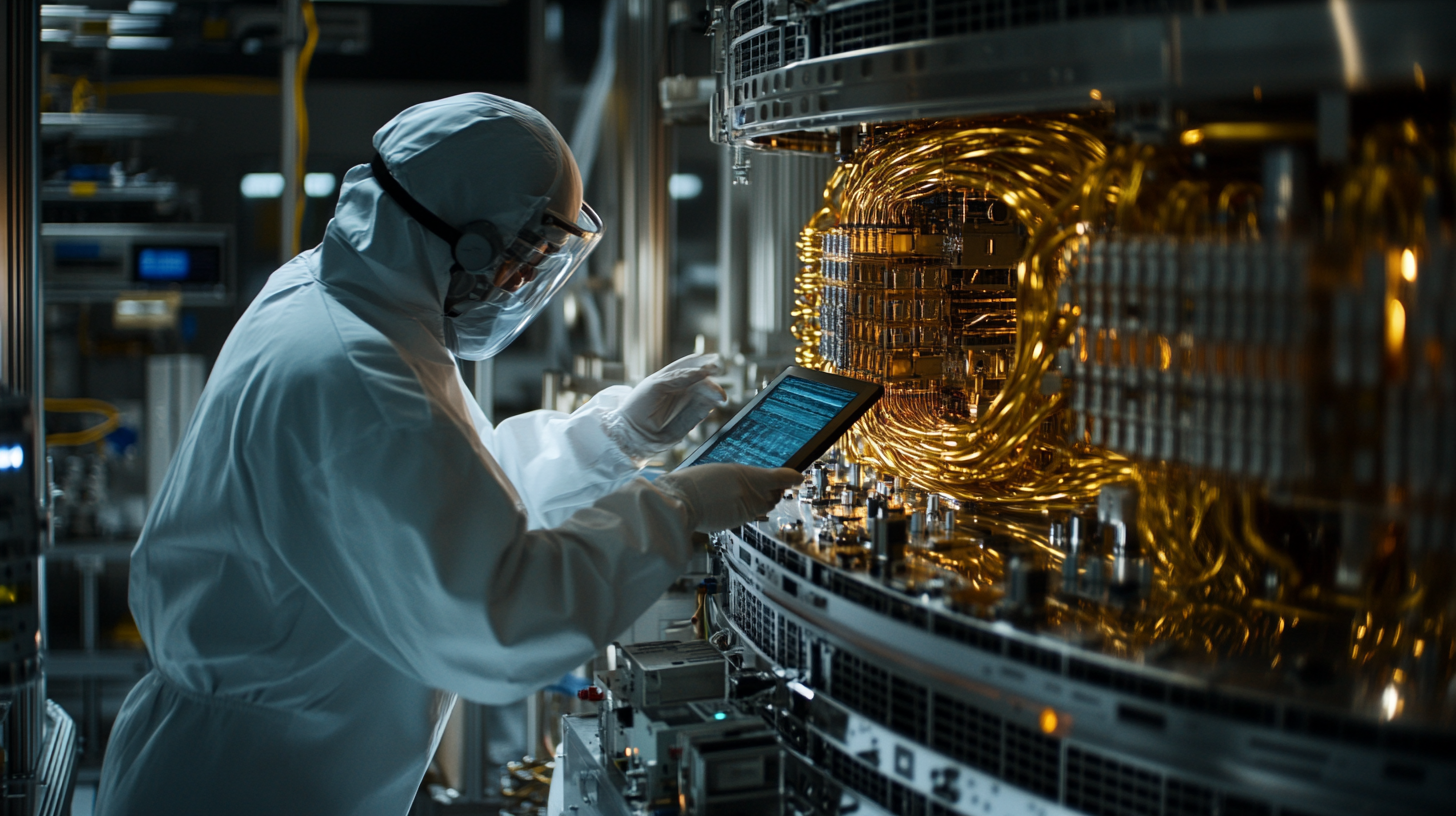

Discussion